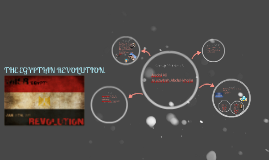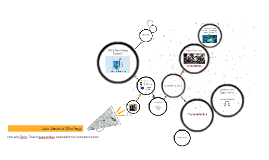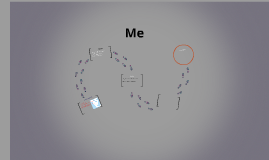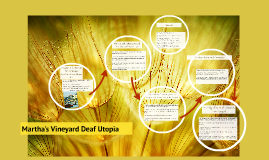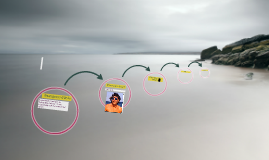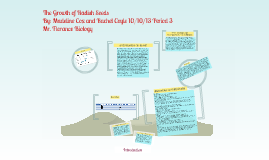Background Info
Transcript: Conclusion Error Analysis and Recommendation to Scientists After the experiment was completed, many things were noticed as a result. It was evident that the seeds by the window germinated much faster than the seeds placed in the incubator. At the start of the experiment, the hypothesis claimed that the seeds in the incubator, the experimental group, would grow faster. Therefore, the hypothesis was NOT VALID because, in reality, the control group seeds grew faster. In the end, it seems that a warmer temperature has nothing to do with the germination of radish seeds and our hypothesis was incorrect. However, the amount of sunlight each received greatly impacted their growth. It is quite possible that the control group of seeds germinated faster because they were receiving more direct sunlight, leading to a more significant growth while the seeds in the incubator seemed to be cut off from the sunlight, which resulted in a slower germination rate. By the end of the experiment, one would notice that the control group seeds, or the ones by the window, grew towards the sunlight. On the other hand, the seeds in the incubator, or the experimental group seeds, seemed to have grown more or less in the same place, proving they were cut off from the sunlight. Daily Routine (in detail) Purpose and Hypothesis Materials and Methods Each day, retrieve the plants from the correct location (incubator or window). As soon as one has the plants, take a picture to document the growth changes. Before you water each dish, measure each seed from roots to leaves, add up the total for the control group and experimental group separately, and record the measurements (in centimeters) in the data table. Then, provide each dish with 3 mL of water after filling up the graduated cylinder with 6 mL of water. Split the water evenly using the pipette to distribute the water in each petri dish. Once all the measurements have been taken and the plants are watered, return the plants to their specific locations. If wanted, calculate the difference in growth between days by taking the number measured yesterday and subtracting it from the number measured today and record it in the chart and then find the germination percentage. Complete that task for the control group and experimental group. Please repeat these steps for everyday of the experiment. Results The radish seeds are “babies”, or the immature plant, that should grow and develop into a seedling and eventually a full-grown plant. It is considered a baby carrying it’s lunch in a suitcase because the “suitcase” is the outer shell which protects the seed and the “lunch” is the nutrition that helps the plant grow (water, temperature, environment). Certain plants grow with different resources and in different conditions, including different temperatures. Radish seeds grow towards the sunlight and also hook their roots into the soil to soak up all the water they need to help them grow. Background Information The experiment results seem to show that too much water was used to provide nutrients to the seeds and the plants were cluttered to one side, which could have effected the measurements. In the future, one might want to provide the plants with a little less water because sometimes they seemed to be overloaded with water- maybe try two milliliters instead of three. Also, at the beginning of the experiment, the seeds were placed towards the side of the petri dish, resulting in a cluttered growth in one area and it was hard to measure. Next time, other scientists might want to put the seeds more in the center or spread them out so the plants, when germinating, do not come to close to one another. If one did plant the seeds in a different way, it would also make it much easier to measure the plants because when they are all close to each other and jumbled, it is much more challenging to get an accurate measurement. All together, according to the hypothesis, the experimental group should have grown faster, but it seems that the germination relies more on the amount of sunlight than it does on temperature. Purpose: In this experiment, one wants to find out whether the germination rate of a radish seed is affected when one puts them in two different temperature settings. One petri dish was put in a heated incubator at 38 degrees Celsius and the other at a controlled room temperature of 24 degrees Celsius. The goal is to find out which set of three radish seeds germinates the fastest in the different temperatures. Hypothesis: If radish seeds are grown in an incubator, then they will germinate faster than radish seeds grown at room temperature. The Growth of Radish Seeds By: Madeline Cox and Rachel Coyle 10/10/13 Period 3 Mr. Florance Biology Introduction Graph Materials: Two petri dishes - To hold seeds (Acting as the pot) 6 Sparkler White Tip Radish seeds Ruler - To measure the growth each day 10 mL graduated cylinder - to measure the water 3 mL of water per dish per day (6mL total in graduated







